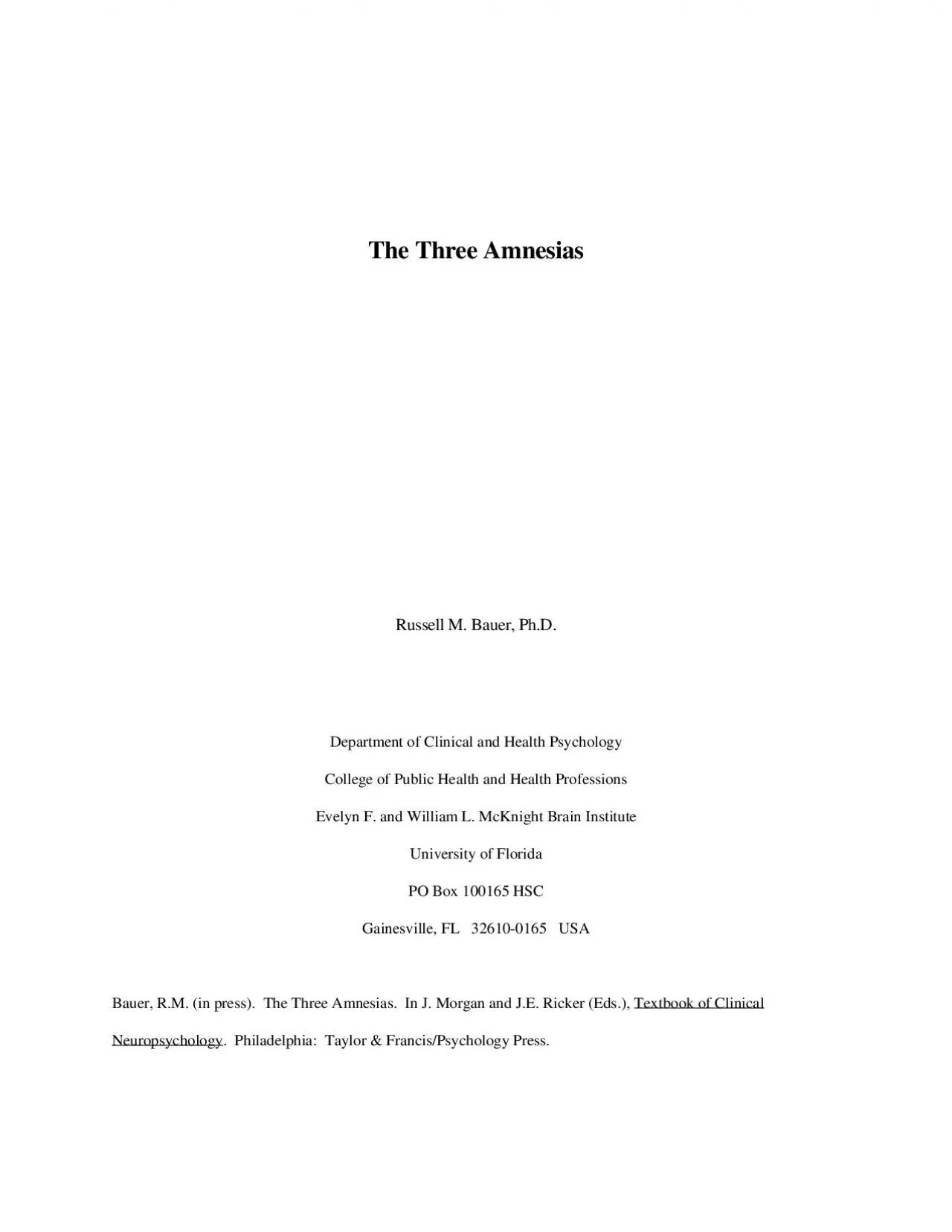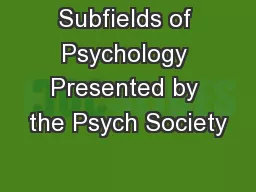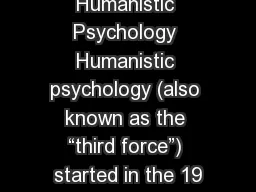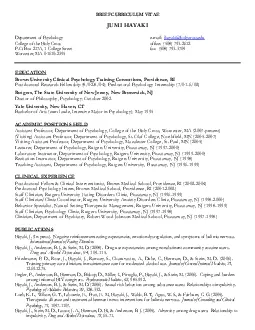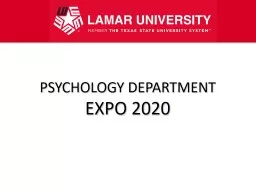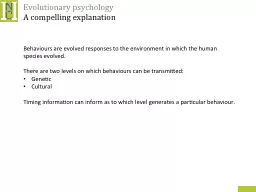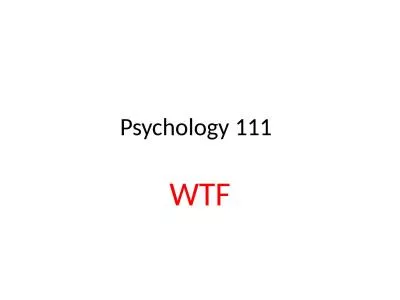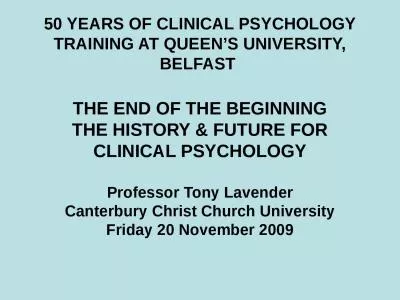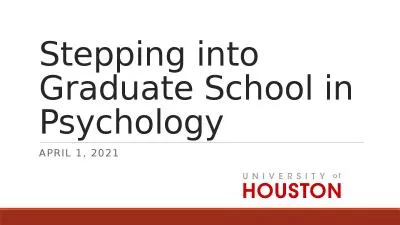PDF-Department of Clinical and Health Psychology College of Public Health
Author : hadly | Published Date : 2022-08-31
Neuropsychology Philadelphia Taylor FrancisPsychology Press The Three Amnesias 2 During the past five decades our understanding of memory and its disorders has
Presentation Embed Code
Download Presentation
Download Presentation The PPT/PDF document "Department of Clinical and Health Psycho..." is the property of its rightful owner. Permission is granted to download and print the materials on this website for personal, non-commercial use only, and to display it on your personal computer provided you do not modify the materials and that you retain all copyright notices contained in the materials. By downloading content from our website, you accept the terms of this agreement.
Department of Clinical and Health Psychology College of Public Health: Transcript
Download Rules Of Document
"Department of Clinical and Health Psychology College of Public Health"The content belongs to its owner. You may download and print it for personal use, without modification, and keep all copyright notices. By downloading, you agree to these terms.
Related Documents

